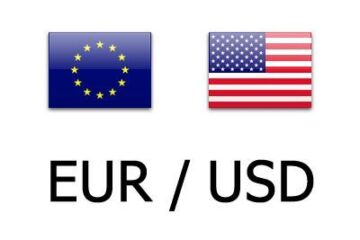Futures rise following Tuesday’s steep slump as oil prices surged past 10-year highs amid the intensifying conflict between Russia and Ukraine.
Stock futures rose Wednesday, suggesting a recovery in U.S. equity prices at the open following Tuesday’s slump as oil prices surged past 10-year highs amid the intensifying conflict between Russia and Ukraine.
On Wall Street, futures tied to the Dow Jones Industrial Average were up 233 points, or 0.7%, at last check. S&P 500 futures were up 30.5 points, or 0.7%, while Nasdaq 100 futures traded up 110 points, or 0.8%.
Commodity prices were mostly higher, led by oil, which surged past a $110 a barrel amid the escalating Russia-Ukraine conflict. West Texas Intermediate, the U.S. benchmark, recently traded at $109.14. Natural gas futures, meantime, were up 0.16% at $4.74.
Russian forces resumed airstrikes on central Kharkiv, Ukraine’s second-largest city, and continued pounding other cities as they sought to break the will of Ukraine’s resistance on the seventh day of the war unleashed by President Vladimir Putin.
President Biden used his State of the Union address to warn his Russian counterpart that “he has no idea what is coming,” suggesting the U.S. could back further sanctions. Biden also said that Putin was “isolated from the world more than he has ever been” as well as announcing that American airspace would be closed off to Russian flights.
The cost of a barrel of oil pushed higher on Wednesday, with Brent crude hitting $112 a barrel, its highest level in a decade, even after the International Energy Agency (IEA) released supply from its reserves in an effort to keep a lid on prices.
Members of the International Energy Agency agreed Tuesday to release 60 million barrels from oil reserves in an attempt to tackle surging oil prices. An influential energy alliance known as OPEC+ will meet on Wednesday to determine the next phase of production policy.
Energy analysts broadly expect the producer alliance to stick to its plan of raising its crude output quota by 400,000 barrels per day for April.
TheStreet Recommends: Why Oil Is Such a Focus In the Russian Invasion of Ukraine
Energy companies’ stocks gained alongside rising oil prices, with Occidental Petroleum (OXY) – Get Occidental Petroleum Corporation Report rising $3.06, or 7%, to $46.79 and Chevron (CVX) – Get Chevron Corporation Report adding $5.72, or 4%, to $149.72. Refiners balked at buying Russian oil, while banks are refusing to finance shipments of Russian commodities.
Exxon Mobil (XOM) – Get Exxon Mobil Corporation Report, meantime, said Wednesday that it will exit Russia, joining a growing list of Western companies spurning Moscow over its invasion of Ukraine.
Western nations have steadily ratcheted up sanctions on Russia since it invaded Ukraine last week, including shutting out some Russian banks from the SWIFT global financial network.
Boeing (BA) – Get Boeing Company Report, too, on Wednesday suspended maintenance and technical support for Russian airlines, while car and truck giant Ford (F) – Get Ford Motor Company Report earlier this week said it was joining other automakers in suspending its Russia operations.
Separately, Ford said Wednesday that it is speeding its move into electric vehicles, announcing the split of its operations into two separate but complementary divisions, one for its EVs and one for its gasoline cars.
Jim Farley, president and CEO at parent Ford, in addition will serve as president of the electric-vehicle division. Kumar Galhotra, currently president for the Americas and international markets at parent Ford, will serve as president of the gasoline-car unit.
Ford affirmed its financial guidance for 2022. It confirmed that it expects to produce more than 2 million electric vehicles a year by 2026, representing one-third of its global volume. EVs should become half its annual output by 2030.
Shares of Ford were up 3.53% in pre-market trading. The stock ended the trading day Tuesday at $16.70 a share, down 4.9%


